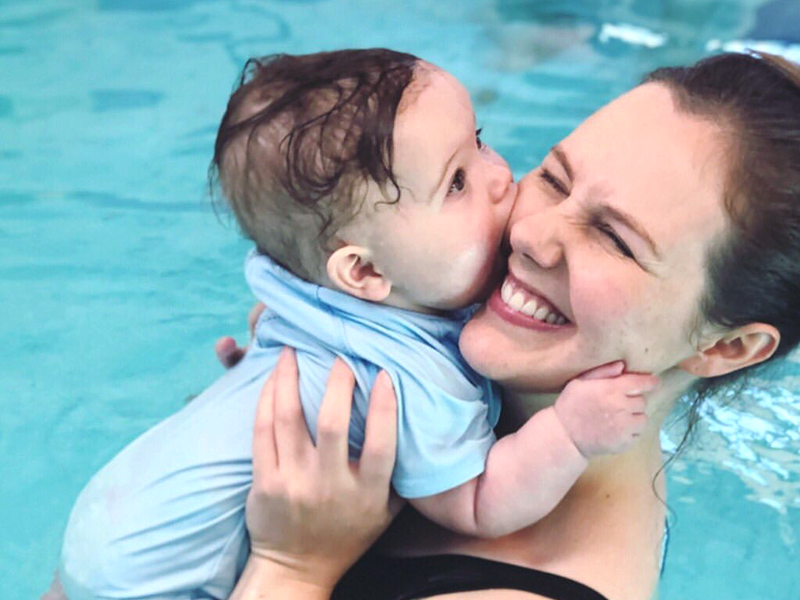Builing Water Confidence

Many children and adults experience fear when it comes to swimming. Whether it’s the fear of deep water, putting their face in the water, or even simply letting go of the pool wall, these fears can be a significant barrier to learning how to swim. At School of Little Swimmers (SOLS), we work with students of all ages to help them overcome these common fears and build confidence in the water.
1. Understanding Where the Fear Comes From
Fear of swimming can stem from various factors, such as:
- A past negative experience, like swallowing water or slipping in a pool.
- Lack of exposure to water at a young age.
- The feeling of losing control in an unfamiliar environment.
- Fear of deep water or the inability to touch the bottom.
Recognising the root cause of the fear is the first step to overcoming it.
2. Taking Small, Manageable Steps
It’s important to gradually build water confidence instead of pushing too hard. We encourage students to start with small steps, such as:
- Standing in shallow water.
- Sitting on the pool steps and kicking gently.
- Slowly submerging hands, then the face, at their own pace.
Building comfort in the water starts with a sense of control and trust.
3. Mastering Breath Control
One of the most common fears in swimming is submersion and breathing underwater. Practising breath control is key to reducing panic. Simple exercises include:
- Blowing bubbles in a bowl of water.
- Taking deep breaths and slowly exhaling while in the pool.
- Practising holding your breath.
- Blowing bubbles underwater.
4. Learning to Float
Floating is a fundamental skill that helps swimmers feel safe in the water. Many students fear sinking, so learning how to trust the water to support them is crucial. Our instructors teach back-floating first, ensuring swimmers relax and experience the sensation of buoyancy before moving on to other skills.
5. Building Trust with a Swim Teacher
Having a patient and supportive swim teacher makes all the difference for many fearful swimmers. At SOLS, our instructors:
- Provide reassurance and positive reinforcement.
- Allow swimmers to progress at their own pace.
- Offer hands-on support until students feel secure.
6. Overcoming Fear of Deep Water
Deep water can be intimidating, especially when swimmers cannot touch the bottom. Strategies to overcome this include:
- Practising floating and treading water in the shallow end first.
- Gradually moving to slightly deeper areas while maintaining a sense of control.
- Learning rescue skills like rolling onto the back to rest when tired.
7. Using Swim Aids and Games to Build Comfort
Using kickboards, pool noodles, and floating toys can make swimming less intimidating. Fun activities like retrieving sinking toys or playing gentle water games encourage positive water experiences.
8. Encouraging Regular Practice
Consistency is key to overcoming fear. Regular exposure to water in a supportive environment reinforces progress and reduces anxiety. Even short, fun sessions in the pool make a difference.
9. Celebrating Small Victories
Every step toward overcoming fear is a success! Whether putting the face in the water for the first time, floating independently, or swimming a short distance, acknowledging and celebrating progress keeps motivation high.
10. Making Swimming a Fun and Positive Experience
At SOLS, we believe that learning to swim should be an enjoyable and empowering journey. With patience, the right techniques, and a positive approach, anyone can overcome their fears and develop confidence in the water.
Ready to help your child—or yourself—gain confidence in the water? Our supportive instructors at School of Little Swimmers are here to make the journey fun, safe, and rewarding. Book a lesson today and take the first step toward fearless swimming!
At School of Little Swimmers (SOLS), we work with students of all ages to help them overcome these common fears and build confidence in the water.
Want to find out more?
contact us and we will find the best solution for you and your child. If you want to give us a go, we have a questionaire to help find out what class is suitable for your child.